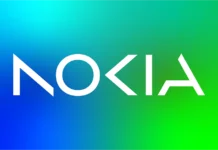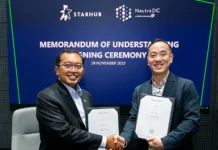Costa Rica has stepped into the race to roll out its fifth generation (5G) mobile network, with the state-owned Instituto Costarricense de Electricidad (ICE) finishing its tender process and moving into the evaluation stage. The multi-billion-dollar initiative is part of the country’s efforts to become a regional leader in digital connectivity across Central America.
The tender centers on modern architecture principles, using open-radio access network (Open RAN) architecture and 5G Standalone (5G SA) deployment. This setup is meant to ensure different vendors’ equipment can work together, strengthen network security, and protect Costa Rica’s telecommunications infrastructure from becoming outdated by separating access systems from traditional proprietary models.
ICE said its tender drew strong interest from major global telecommunications companies. Bidders for the wireless access and mobile core network segments (Lots 1, 2, and 3) include Samsung Electronics, Huawei Technologies, Nokia, and a consortium led by Ericsson. Meanwhile, companies such as Ribbon Communications, SISAP Infosec, GBM, Coasin, and IT Servicios de Infocomunicación joined the competition for the backhaul-component lots (Lots 4, 5, and 6), alongside teams linked to Ericsson and Huawei. The company said this level of participation demonstrated strong international confidence in Costa Rica’s direction for technological advancement.
According to ICE’s Telecommunications Manager, Leda Acevedo, the organization remains focused on ensuring a fair and transparent tender evaluation process. She stated that the final selection would be guided by what best aligns with Costa Rica’s long-term development priorities. ICE teams are now going through the bids in detail, reviewing technical designs, financial stability, and legal compliance. The company has said it is focused on avoiding vendor lock-in and creating an infrastructure that can evolve over time.
Even with strong interest from global vendors, the project faces several hurdles. Costa Rica’s 5G rollout has been slowed by spectrum licensing issues, creating uncertainty around the schedule. In October 2024, the national regulator, Superintendencia de Telecomunicaciones (SUTEL), reopened the 5G spectrum process after objections from ICE and other stakeholders. Experts have warned that while open-architecture networks offer flexibility, they can also complicate governance and security. This adds another layer of challenge to the rollout.
As the tender evaluation continues, ICE is expected to announce its selected partners in the coming weeks. Decisions on contracts will follow soon after. Contract negotiations will follow soon after. Deployment is set to start shortly afterward, beginning in major urban centers before expanding nationwide. The country’s success in building a resilient, future-ready 5G network will depend on how ICE balances speed with careful review, making every decision crucial.




















